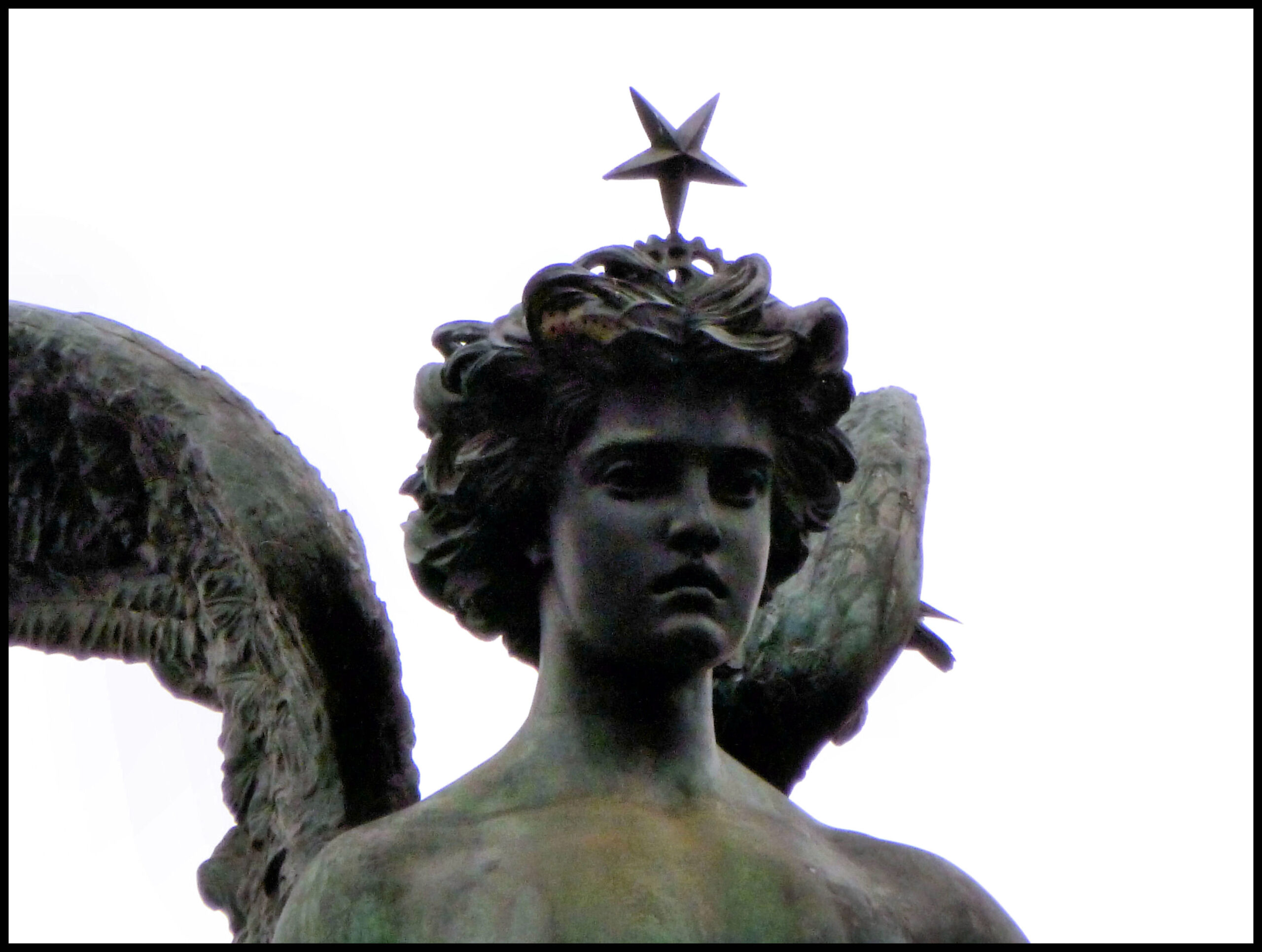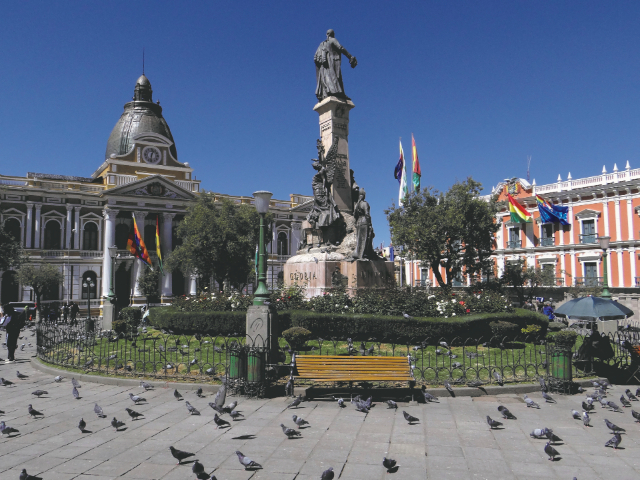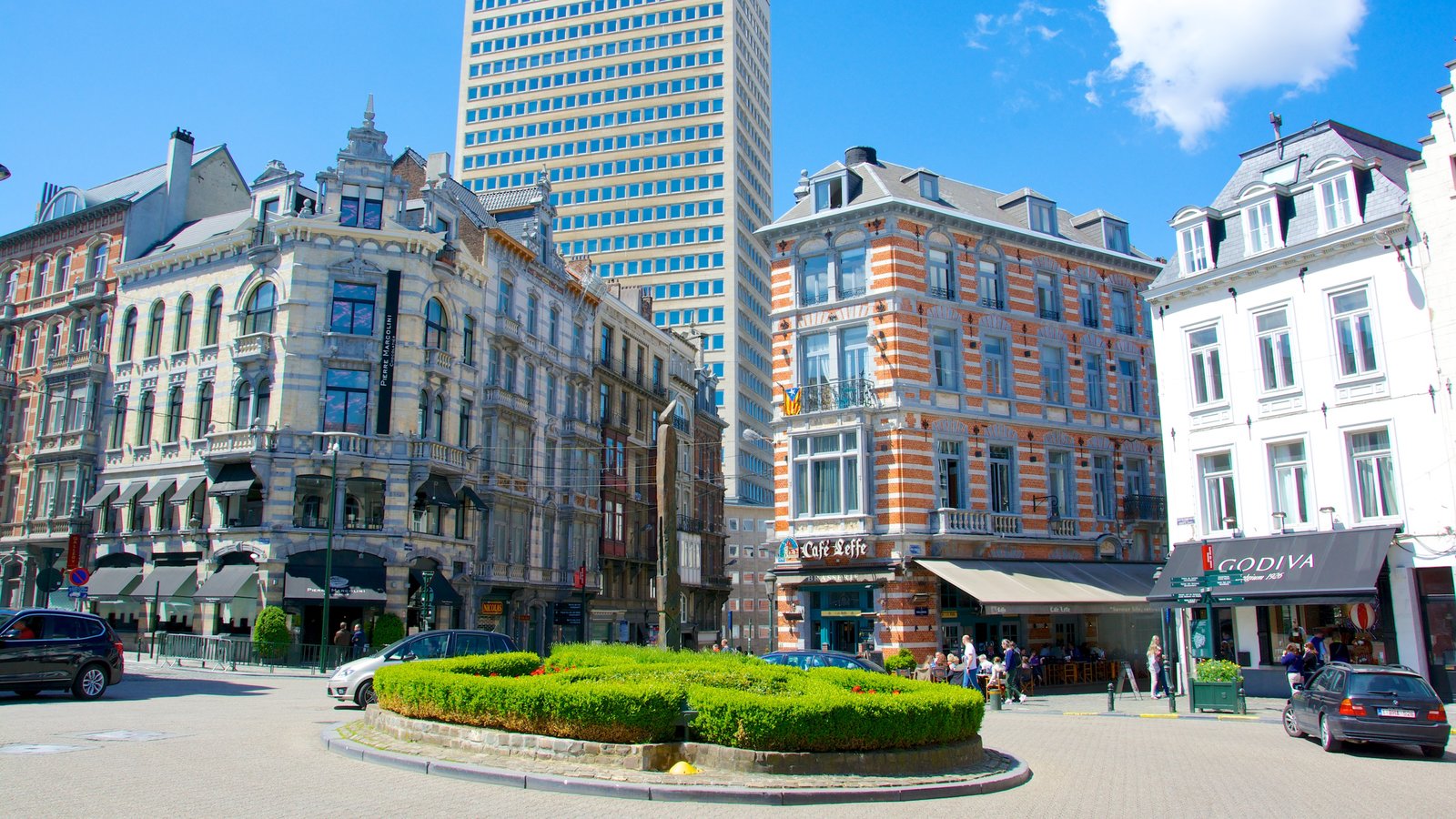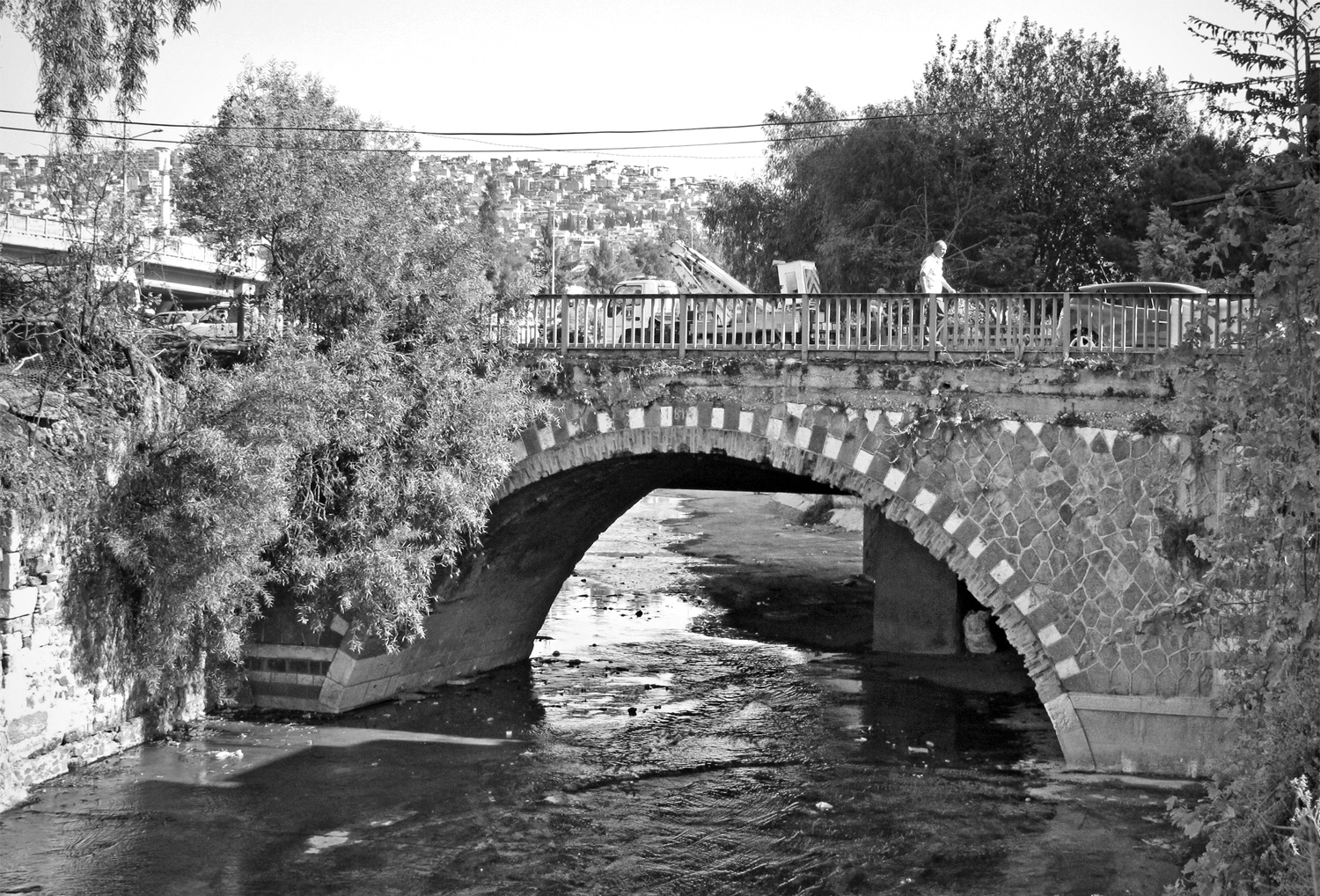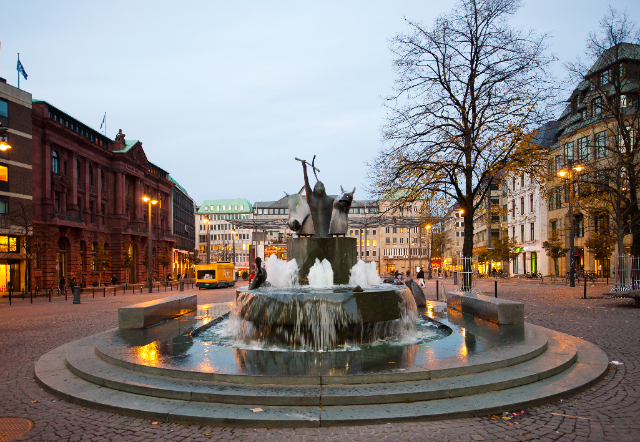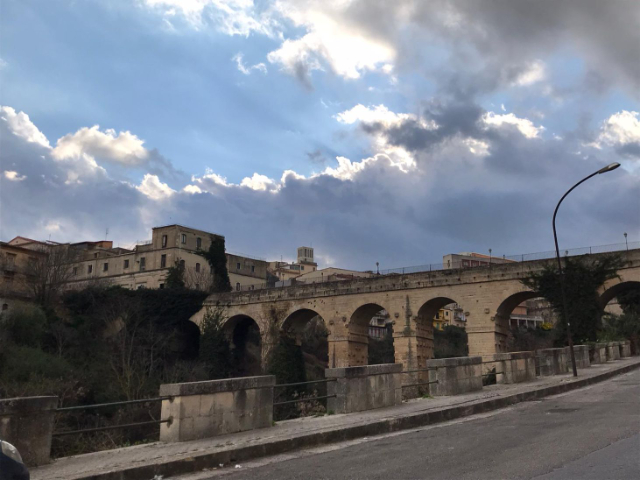The Frejus Fountain, built to commemorate the conclusion of the work on the Frejus Tunnel in 1871, appears to have an allegorical and even satanic meaning.
It is a pyramid made up of large stones coming from the Frejus Tunnel, with a Winged Genius at the top carrying a 5-pointed star on his head. On the various boulders of the fountain there are statues of Titans killed by the Winged Genius. Following the positivist spirit of the historical period in which the work was made, the statue would be an allegory of the victory of Reason (the Winged Genius) over brute force (the Titans). Others have attributed to the statues depicting the Titans the suffering of the men who worked on the construction of the tunnel, thus seeing the monument as a sort of memorial to those who died during these works.
Designed by Count Marcello Panissera (then president of the Accademia Albertina) presents, as already mentioned, at the top an angel who, according to belief, is really Lucifer. The angel, in fact, is the most beautiful of the entire work and looks towards Piazza Castello (the center of positive magic) almost as if he wanted to keep it under control. The angel has a star on his forehead and is considered the representation of Lucifer because in the biblical tradition Lucifer is the most beautiful angel.
For this reason it is believed that the monument represents the entrance door of Hell and, in ancient times, right there was the gallows (later moved by the French).
But it does not end here. Piazza Statuto is located towards the West which, in esoteric symbolism, represents Evil because it is where the sun sets, leaving room for darkness. Precisely for this reason the belief of the angel-Lucifer who looks to the East assumes importance. If this were the case, in fact, he would not need to look to the West because, being his kingdom, he would have his "shoulders covered". He should instead look to the East because it is the kingdom of Good.
